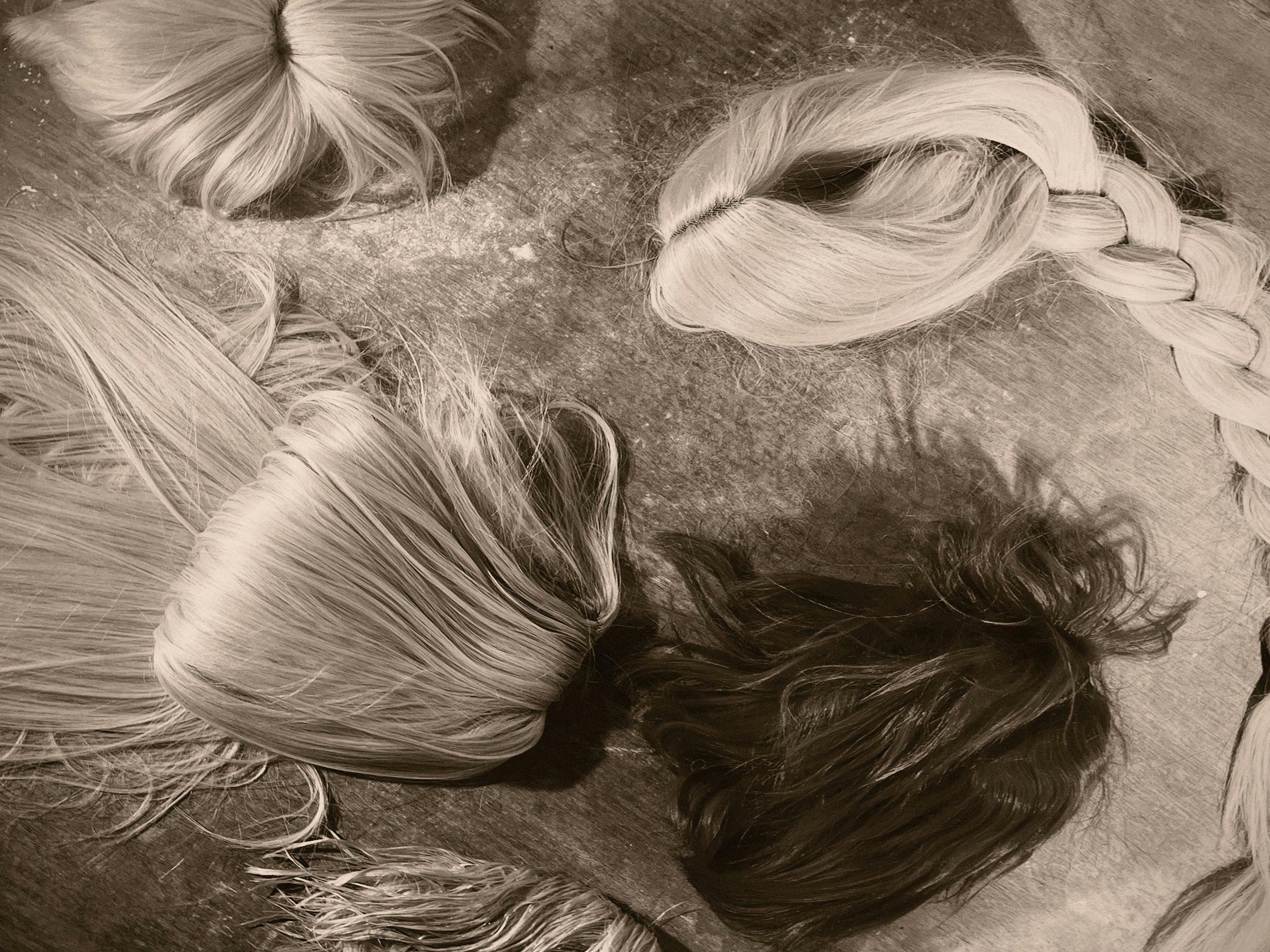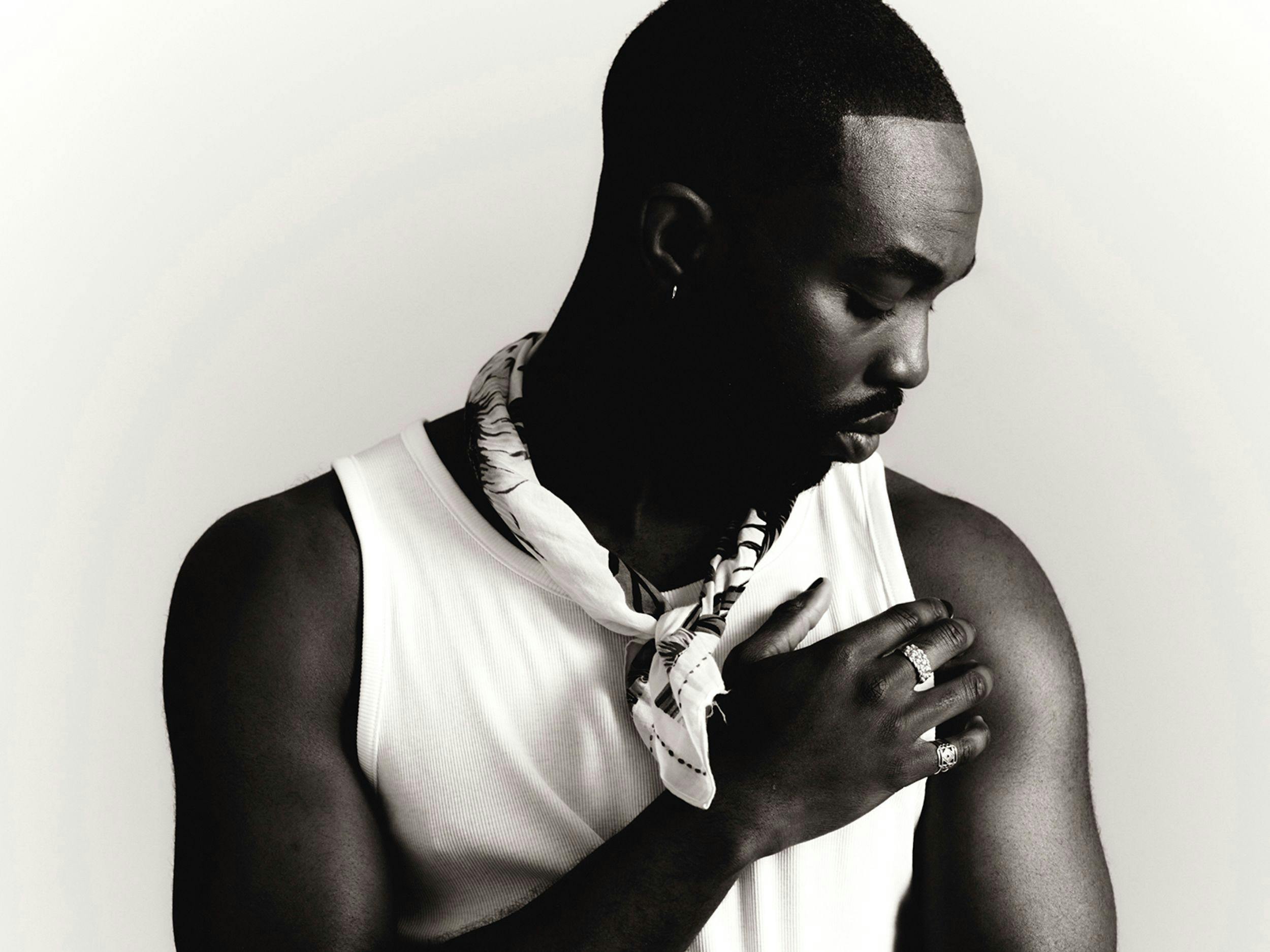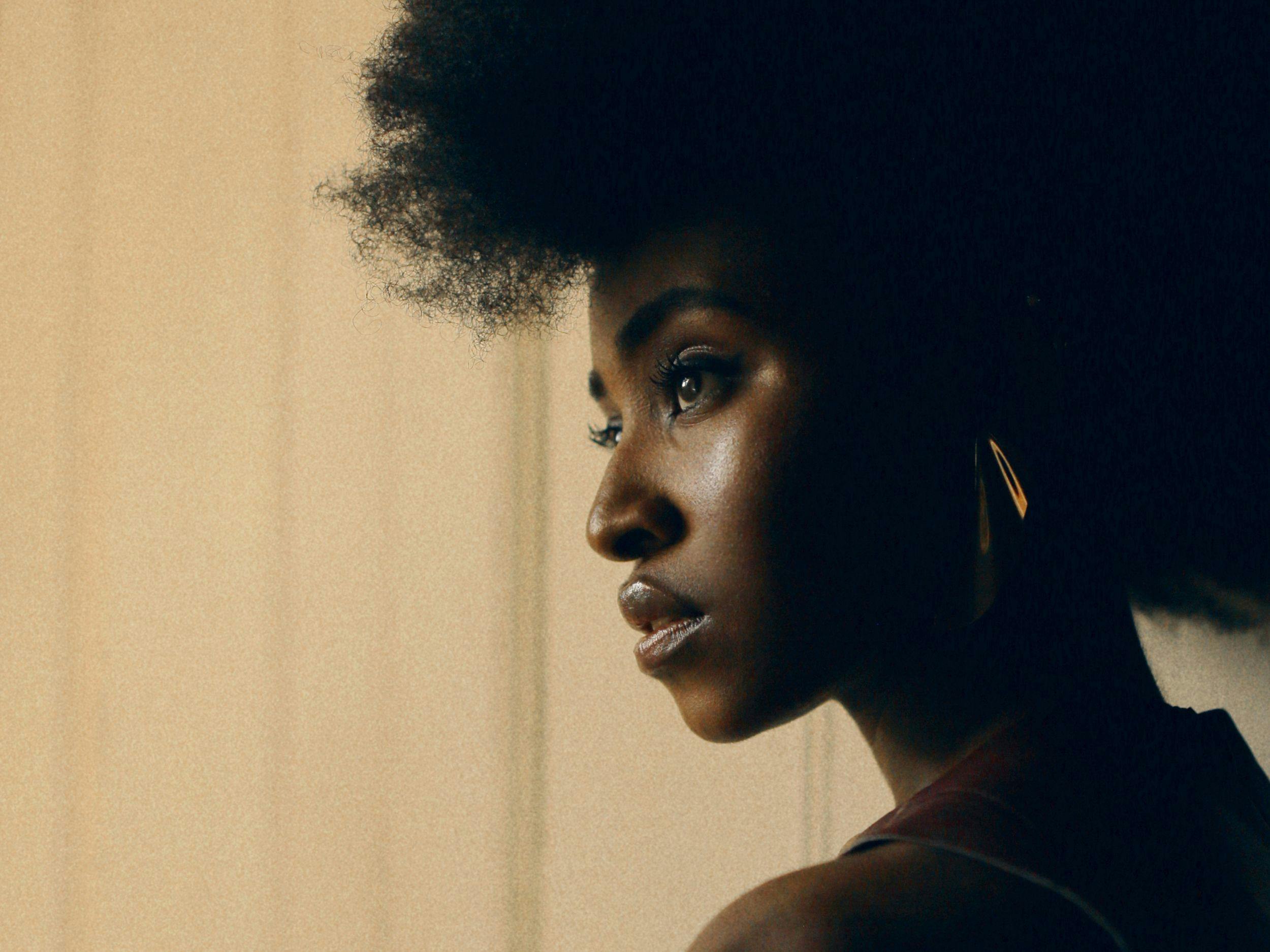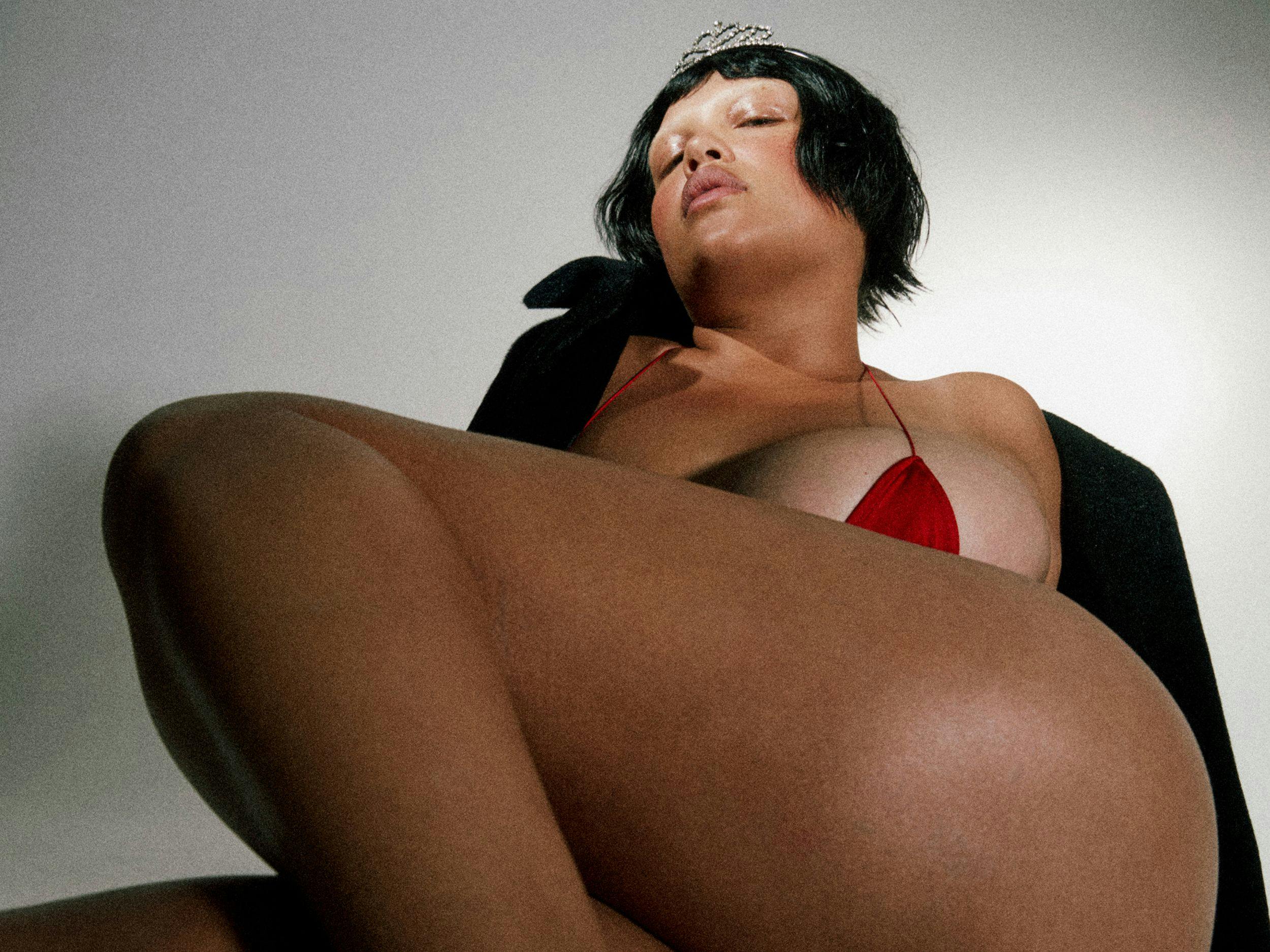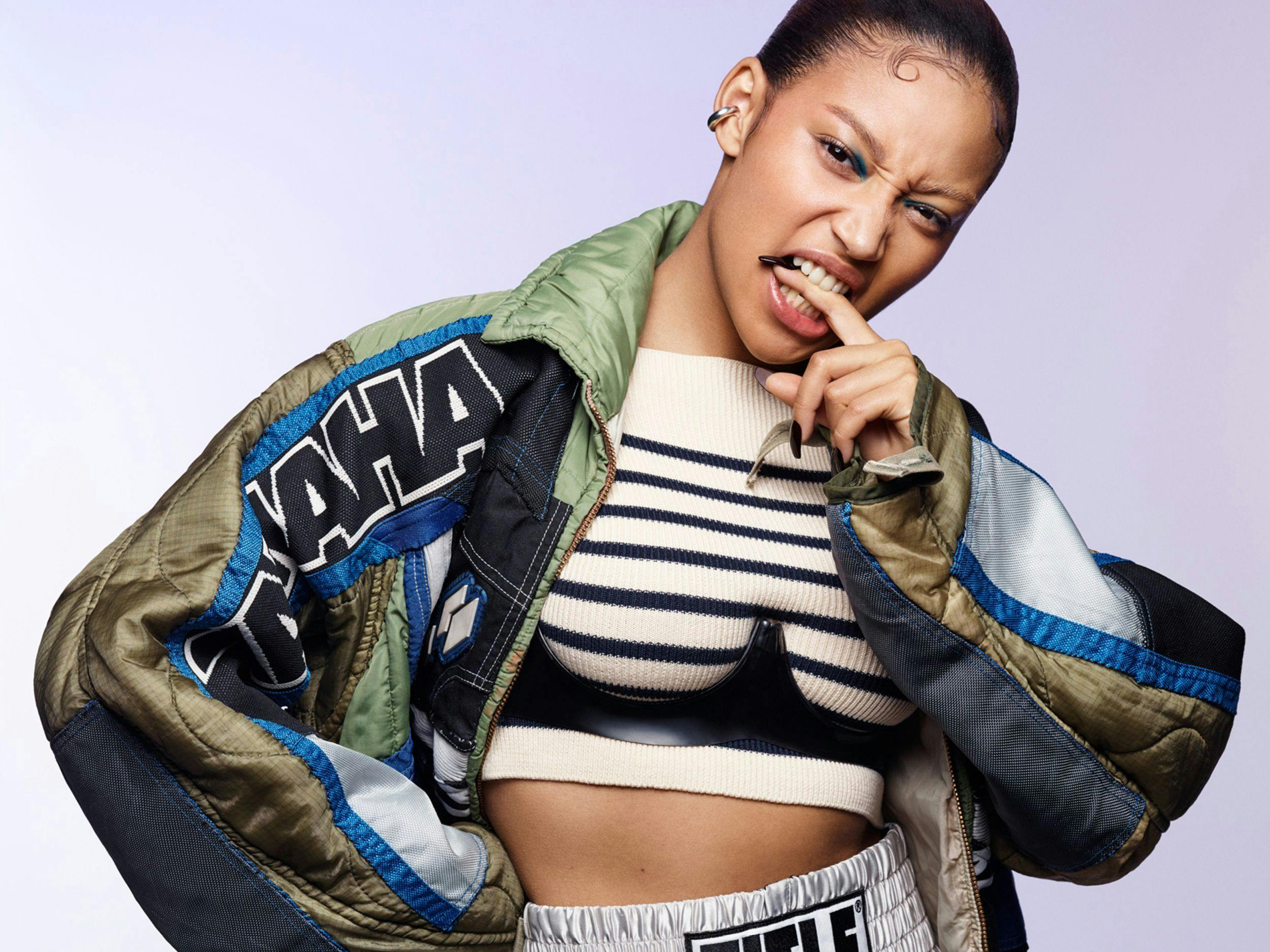
From Trans Visibility to Trans Vitality
In this alleged post–Covid-19 world, I’m constantly thinking, in true Alyssa Edwards fashion, “What the fuck is going on in here on this day?“ I uttered those same words a week after Transgender Day of Visibility when Caitlyn Jenner’s name resurfaced in the headlines. Apparently, the renowned Olympic champion who, in 2015, flashily shared her transgender identity with the world had joined a far-right chorus in decrying a Nike brand partnership with trans comedian and social media personality Dylan Mulvaney.
“As someone that grew up in awe of what Phil Knight did, it is a shame to see such an iconic American company go so woke,“ Jenner tweeted. “We can be inclusive but not at the expense of the mass majority of people and have some decency while being inclusive. This is an outrage.“
Jenner seemed to disagree that trans women should be highlighted in advertisements (particularly for a sports brand) despite becoming the face of an H&M Sport campaign after publicly coming out. How could she take issue with another trans woman’s visibility when it seemed perfectly acceptable to her when she accepted multiple awards for her high-profile coming out? Maybe it’s her envy of Mulvaney, a lack of self-awareness, or a hope to cash in on aligning herself with the alt-right—or, hell, all three. But what’s even more devastating is that Jenner’s diatribe coincided with the launch of Fairness First, a political action committee bolstering efforts to restrict trans youth, especially girls, from participating in athletics in accordance with their gender. Jenner’s pivot on trans inclusion and visibility is at odds with her thick presence in what has been described as the Trans Visibility era. Her voice rang loudest in part because of the benefits that wealthy whiteness afforded her. And now those privileges are stoking the flames of a new period marred by heightened anti-trans political violence.
This year is undoubtedly the worst on record for trans Americans, at least politically. With more than five hundred pieces of anti-LGBTQ+ legislation having been introduced by Republicans across the United States, the trend toward restricting our rights has steadily increased since the Trump era. These efforts include banning trans people from accessing medically necessary healthcare and public accommodations, as well as playing sports that correspond with our genders. There are also attempts to mandate forcibly outing trans youth to parents and banning the discussion of LGBTQ+ experiences within education. And despite the rich history of drag performance within our culture, including more than a decade of RuPaul’s Drag Race’s mainstreaming of the art form, Republicans are hell-bent on banning public performances by gender nonconforming and trans artists.
These attacks are testing grounds for the 2024 election in which trans rights are slated to take center stage as “wedge“ issues. In fact, more than half of the prospective Republican presidential candidates have anti-LGBTQ+ track records, including former president Donald Trump, Florida governor Ron DeSantis, former vice president Mike Pence, former Arkansas governor Asa Hutchinson, and South Dakota governor Kristi Noem. Of course, other attacks on bodily autonomy (like abortion bans) and self-determination (like voting rights and anti-migrant policies) serve as villainous complements to this anti-trans agenda.
These political currents have been accompanied by years of pop-cultural dustups by celebrities beyond Jenner. Most notably, J.K. Rowling has reinvigorated a decades-old trans-exclusionary wing of feminism and been cosigned by fellow authors like Chimamanda Ngozi Adichie. Within comedy, figures like Dave Chappelle, Ricky Gervais, and Lil Duval have, to varying degrees, belittled or demonized trans women in their appearances. And, on any day, a person can scroll through social media and see non-celebrities building engagement off ignorant ’just asking questions’-type discussions about whether there are more than two genders. Perhaps these content creators would be deterred if mainstream media was doing its due diligence in elevating authentic trans narratives and the facts about our lives. Unfortunately, even The New York Times, which journalists, activists, and organizations alike have called out in open letters, continues to give equal weight to transphobic opinions.
What’s been most daunting about these attacks from various sectors of our society is the insistence that trans people and our struggles are new. But they aren’t. Before the Stonewall Riots, the seminal event that reconfigured how people thought of marginalized sexualities and genders in the United States, some activists and groups like the Gay Activists Alliance sidelined trans and gender nonconforming people in favor of those who could more easily assimilate within heterosexual society. They figured it was their best chance at positioning themselves within politics and accruing full civil rights.
In the post-Stonewall era, clashes between various segments of what would become the LGBTQ+ community rose to the fore. Mostly white, cisgender gay men took the helm of community organizations and began lobbying politically, sidelining more marginal experiences. Many cis lesbians were inspired to create separatist spaces after being deprioritized in the wider gay community and excluded from mainstream feminist efforts. This led to a sect of radical feminists, like professor and activist Janice Raymond, crafting an ideology that demonized trans women and our experiences. Even further, Black lesbians came together, like within the Combahee River Collective, to assert how anti-Blackness, heterosexism, and misogyny defined how they navigated society. All the while, trans people, particularly of color, carved out their own spaces like the ballroom house system pioneered by Crystal LaBeija and Street Transvestite Action Revolutionaries, founded by Sylvia Rivera and Marsha P. Johnson. Our community has always been susceptible to factionalism despite the mainstream fallacy that we have always moved as a united front.
A culmination of the long-standing political divide between cis and trans people in the community came in 2015. That summer, when the Supreme Court ruled in favor of marriage equality in Obergefell v. Hodges, the GOP scrambled for its next political boogeyman since cis-gay couples had essentially eliminated one of their main cultural crusades. Within less than a year, trans people became the next key target. North Carolina’s 2016 Public Facilities Privacy and Security Act, which attempted to prevent trans people from using restrooms matching their gender, though eventually defeated, clarified the GOP’s new cultural linchpin. Shortly after, Political Research Associates (PRA), a social justice research and strategy center, unmasked the emerging anti-trans movement centered around organizations that once focused on blocking marriage equality: Focus on the Family, the Family Policy Alliance, and the Alliance Defending Freedom. PRA explained that their agenda championed anti-trans narratives that position trans people as a danger to white women, white children, and wider society. The anti-trans movement exploits existing divides within our community while deepening the general public’s ignorance about our experiences.
Beyond the increase in political attacks, the epidemic of anti-trans violence and murder has also continued. So far, at least fifteen trans and gender nonconforming people, mostly Black and Latinx, have been reported murdered in 2023. Last year, the final reported tally reached thirty-eight. Recently, the Trevor Project released a report stating that twenty-five percent of Black trans and nonbinary youth have attempted suicide in the past year. In a world where trans people already face immense difficulties, things have only worsened as anti-trans figures have mightily wielded their platforms against us. And now that we are more visible than ever, we are finding that we are more vulnerable than ever as well.
Wading through the struggles of this moment won’t be simple; it wasn’t for our transcestors. But we can learn just as much from what they achieved as what they overcame. Just like LaBeija, Rivera, and Johnson, we must pour energy and resources into the leadership of trans people, especially those of color. That means elevating and supporting trans people and the initiatives that we lead. Of course, don’t amplify every ’Caitlyn’ out there—they must be invested in collective trans liberation. The easiest way is to start by donating to and volunteering with trans people locally. Next, we all deserve a society in which the complexity of identity is understood and respected. People must be actively unlearning transphobia and transmisogyny across the board to combat conservative suppression of our experiences in education and society. Further, we must demand that progressive lawmakers fight ferociously against legislative bans while innovating policies that ensure trans access, safety, and security. For quite some time, we have relished in being seen, but now we are being called to honor vitality just as much as visibility.
Read this story and many more in print by ordering our sixth issue here.
As a nonprofit arts and culture publication dedicated to educating, inspiring, and uplifting creatives, Cero Magazine depends on your donations to create stories like these. Please support our work here.
As a nonprofit arts and culture publication dedicated to educating, inspiring, and uplifting creatives, Cero Magazine depends on your donations to create stories like these. Please support our work here.
